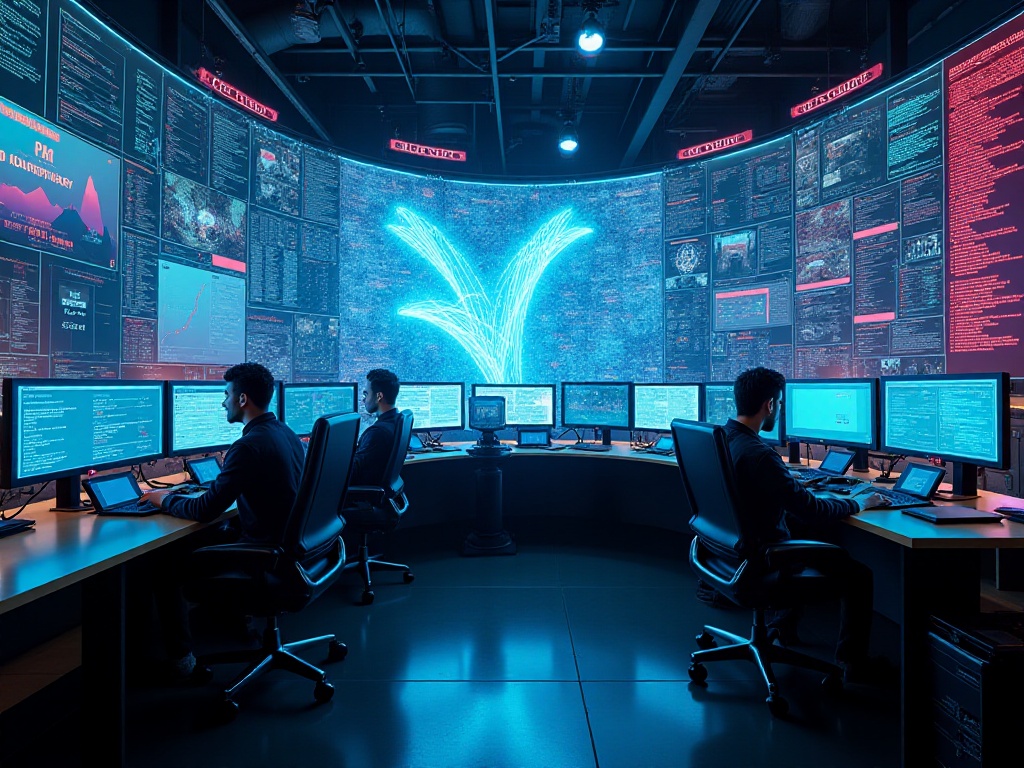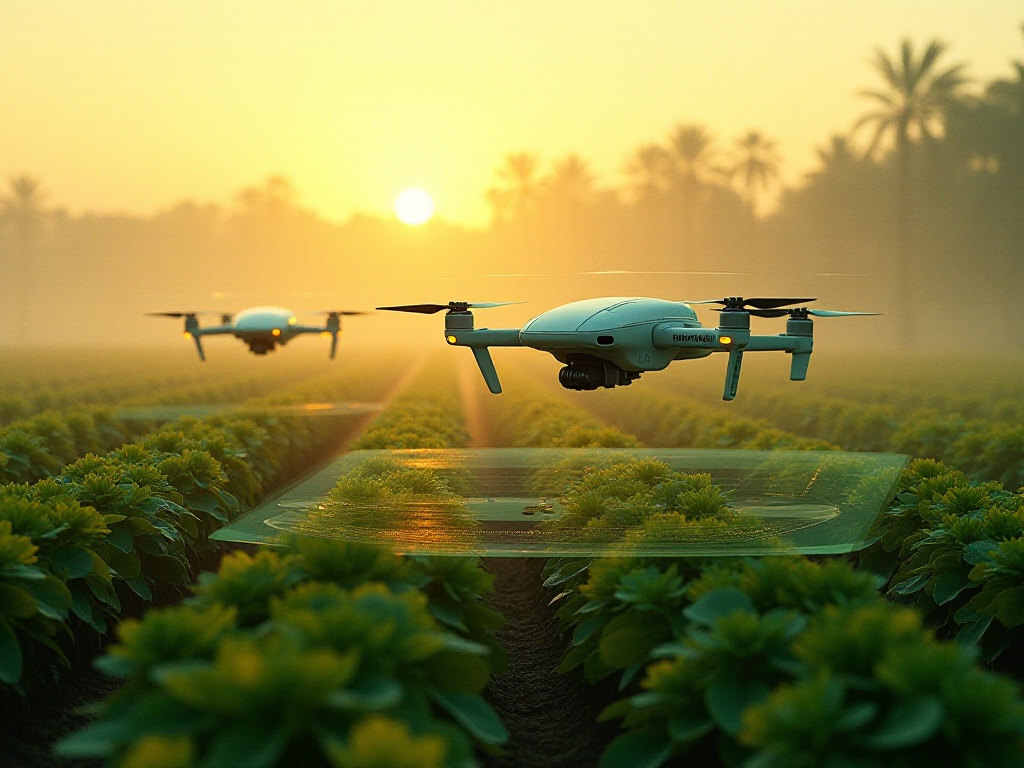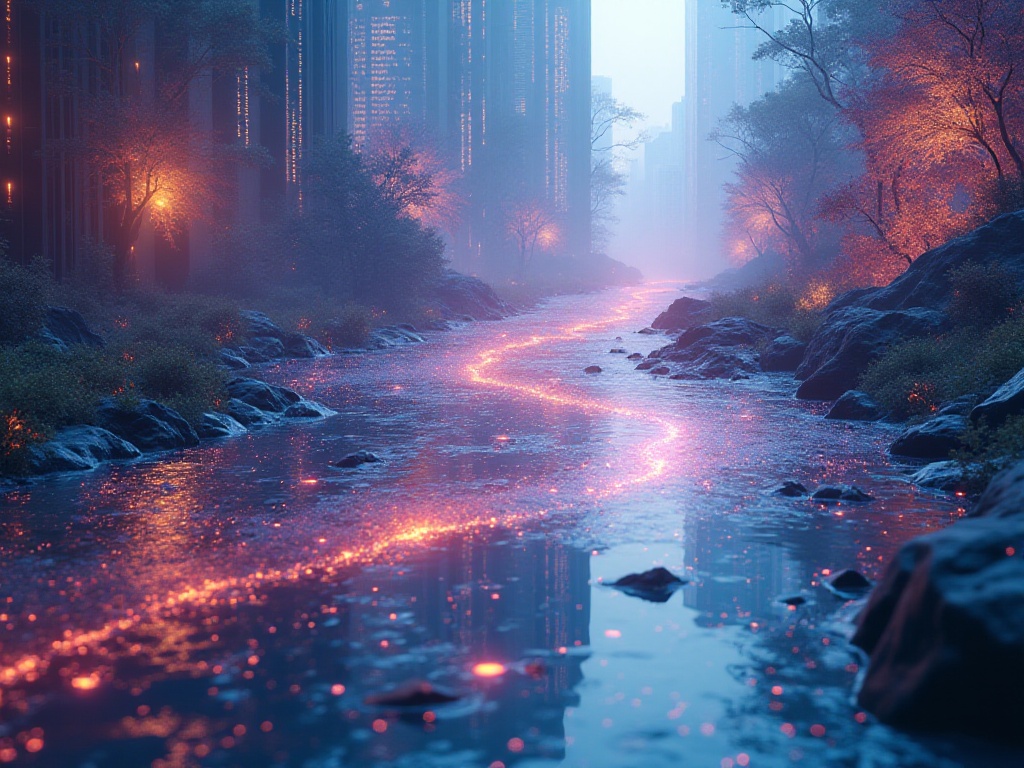Opening Thoughts
I've been incredibly busy lately, researching these emerging AI video creation tools and testing new features all day long. Honestly, from when I first started to now, I've been amazed by the powerful capabilities of these tools. You know what? Now even complete beginners in video production can create professional-level video content with just a few clicks. I remember when I first encountered these tools, I was full of doubt, thinking they couldn't possibly be that amazing. But once I actually started using them, I realized that technological advancement had far exceeded my imagination.
Tool Revolution
Remember how troublesome video production used to be? Professional camera equipment was needed for shooting, and just setting up camera positions and lighting would take a lot of time. Editing was a technical skill that required hours in front of professional software, adjusting every transition effect and modifying each frame. Voice-over required professional voice actors or recording yourself repeatedly in a sound booth. As for special effects, that was like reading hieroglyphics - impossible without years of professional training.
But now, AI has completely broken down these barriers. I recently tried Pictory, and it's truly a gem. You just feed it an article or script, and it automatically converts it into a video, complete with subtitles - the efficiency improvement is simply astounding. The first time I used Pictory, I completed a ten-minute video in just half an hour, something that would have taken at least a full day before.
Not only has efficiency improved, but the intelligence level of these tools is also shocking. It can automatically analyze text content, select appropriate visual materials, and even adjust background music based on the emotional tone of the article. More amazingly, it can identify keywords in the article and automatically add emphasis effects at appropriate places. This intelligent processing makes videos look more professional, nothing like something produced by a beginner.
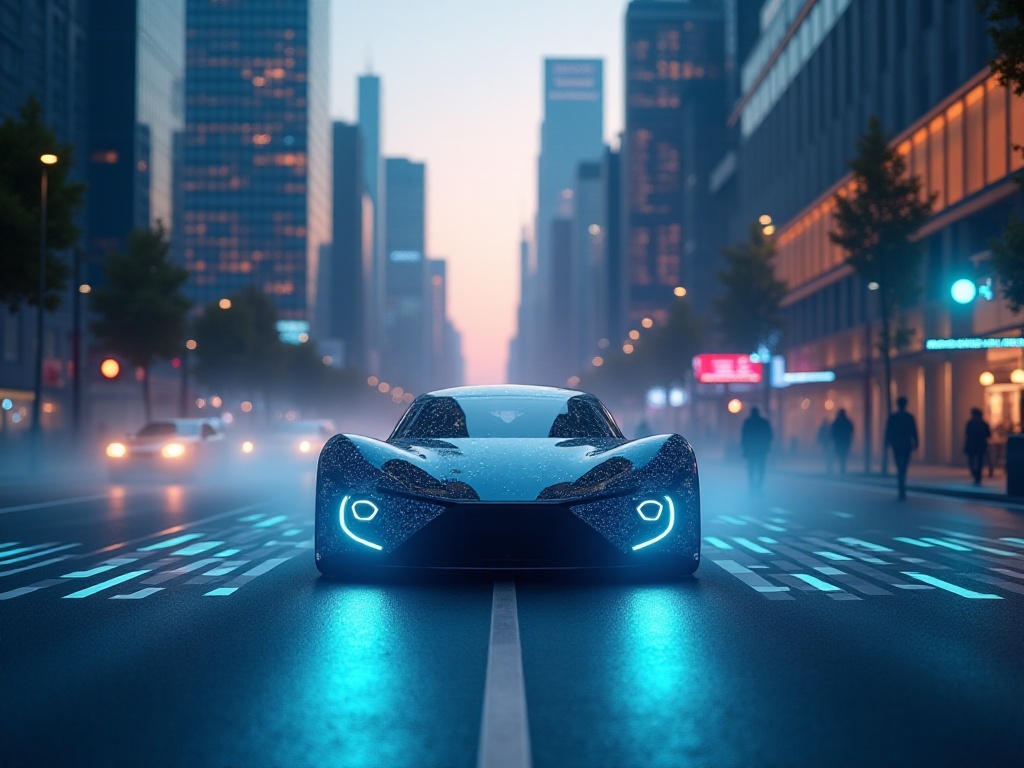
Creation Tools
Speaking of video creation tools, I have to mention Synthesys. This tool is truly amazing - it can turn your written text into a video with a real person explaining it. The first time I used it to make a product tutorial, my colleagues thought I had hired a professional host, haha. The most impressive thing about this tool is how natural its AI hosts are, with facial expressions and lip movements identical to real people. Even the tone and inflection automatically adjust based on the text content, making the entire video more lively and interesting.
I remember once using Synthesys to create a product introduction video. I thought it would take a long time, but the entire process from writing the script to final production only took two hours. What surprised me even more was that the AI host in the video could not only speak in standard Mandarin but also switch between different languages and accents. This is a godsend for creators who want to produce multilingual versions.
Honestly, this text-to-video technology has brought tremendous convenience to content creators like us. It not only saves time and cost in finding hosts but more importantly makes content modification extremely simple. If you need to adjust certain content, you just need to modify the text, and the system will automatically regenerate the corresponding video segment. This kind of flexibility was unimaginable in traditional video production.

Monetization Methods
What excites me most is the possibility of monetization. Do you know how big the children's content market is now? Statistics show that the global children's educational video market reached $78 billion in 2023. This number represents huge business opportunities. And now, using platforms like Artflow.ai, we can easily create high-quality bedtime story videos for children. A story from concept to completion might only take a few hours, which was unimaginable before.
I've tried producing children's educational video series myself. At first, I chose some simple fairy tales as material. Using Artflow.ai to generate beautiful animated scenes and adding lively AI voiceovers. To my surprise, these videos received an exceptionally good response after launch. Parents gave feedback saying their children particularly enjoyed this form of content, with some children even watching the same story repeatedly.
In terms of monetization, I explored multiple channels. First was earning income through video platform ad revenue sharing, which is the most basic monetization method. Then I started taking on brand collaborations, creating product promotional videos targeted at children. Since using AI tools greatly reduced production costs, my pricing was more competitive than traditional production companies, but the profits weren't any less.
Additionally, I developed a membership subscription model. Regular weekly updates of premium content allow paid members to watch content early or access additional interactive content. This subscription model not only brings stable income but also cultivates a loyal user base. Recently, I've been considering licensing content to educational institutions, which could become another important source of income.

Practical Experience
Recently I tried using an AI tool combination package to create children's learning videos. Using ChatGPT for scripts, Leonardo AI for visuals, ElevenLabs for voiceovers, and Canva and CapCut for post-production. The power of this tool combination is truly amazing. ChatGPT can quickly generate educational content suitable for children's understanding and adjust language difficulty for different age groups. Leonardo AI can transform text descriptions into vivid visuals, perfectly presenting everything from cute cartoon characters to beautiful background scenes.
To be honest, I was worried at first that the results would be mechanical, but the actual results exceeded my expectations. Especially when using ElevenLabs for voiceovers, its emotional expression capability far exceeded my expectations. The AI voiceover can not only accurately express the content's emotions but also adjust the voice according to character personalities, making the entire video more lively and interesting.
Moreover, this creation method is really cost-effective. Traditional animation production might require investments of tens or hundreds of thousands, but with AI tools, the main costs are just platform membership fees. If you master the essentials, you can achieve an efficiency of producing 3-4 quality videos per day. This high-efficiency, low-cost creation method allows small teams or even individual creators to produce professional-level content.
My workflow is like this: spend an hour in the morning conceptualizing content themes and outlines, then use ChatGPT to generate initial scripts. Next, use Leonardo AI to generate needed visual materials while using ElevenLabs to create voiceovers. The afternoon is mainly spent on post-production, using Canva for some special effects and transitions, and finally using CapCut for overall editing and color grading. This work rhythm isn't too intense yet ensures stable output.
In using these tools, I've also summarized some experience. For example, when using ChatGPT to generate scripts, it's best to give it detailed prompts, including target audience age, educational goals, emotional tone, etc. This way, the generated content will better meet requirements. When using Leonardo AI to generate visuals, pay attention to maintaining visual style consistency, so the final video will look more coherent.
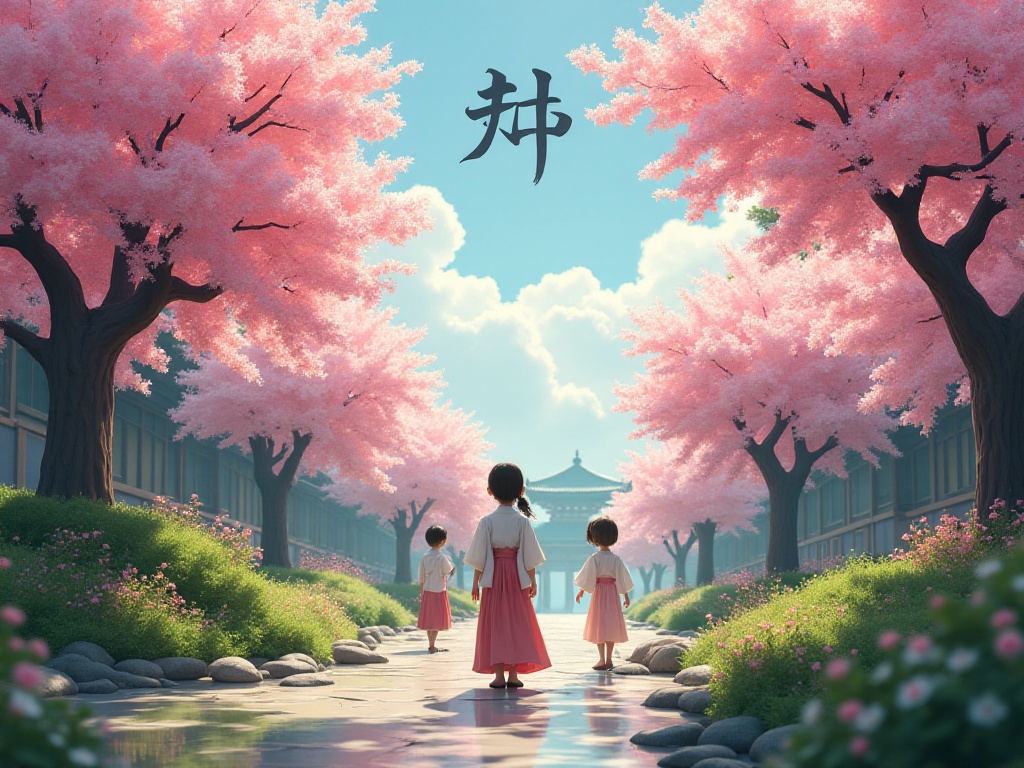
Quality Control
However, I suggest that when using these AI tools, you must pay attention to content quality control. Although AI can help us save a lot of physical work, content creativity and emotional expression still need human oversight. My experience is that before using AI tools, it's best to plan out the content framework and creative direction, which allows AI tools to maximize their utility.
Content quality control mainly manifests in several aspects. First is educational value, especially for content aimed at children, ensuring the transmission of correct values and knowledge points. Second is entertainment value - even the best educational content is useless if it can't attract viewers' attention. Finally, there are technical details like image clarity and audio-visual synchronization, all of which need careful checking.
I often have friends or target users test-watch a video after completion to collect their feedback. This real user feedback is particularly helpful for improving content quality. Sometimes what we think is perfect might still have various issues from the user's perspective. Only through continuously collecting feedback and improving can we create truly high-quality content.
Quality control also includes attention to copyright issues. Although current AI tools claim their generated content is commercially usable, to be safe, I still pay special attention to changes in terms of use and try to use materials I'm certain I have rights to use. This helps avoid potential copyright disputes in the future.

Future Outlook
Have you thought about how video creation will change with the development of AI technology? I think more intelligent creation assistants will soon emerge, not only helping us generate videos but also automatically optimizing content based on audience feedback. Industry predictions suggest that by 2025, the global AI video creation market will exceed $100 billion. This number represents not just market size growth but indicates a revolutionary change coming to the entire creation industry.
Future AI video creation tools might become more intelligent. For example, they might have stronger scene understanding capabilities, automatically converting text descriptions into complete story scenes. They might also achieve real-time style transfer, allowing creators to adjust video artistic styles at any time. Even more impressive, these tools might begin to understand audience emotional responses, automatically adjusting content rhythm and presentation forms to achieve the best viewing experience.
In terms of business applications, I foresee more specialized AI video tools emerging for specific fields. For example, AI assistants specifically for educational content creation, which not only understand educational theory but can automatically adjust content difficulty based on learners' age and knowledge level. Or AI tools for business marketing that can automatically analyze market trends and user preferences to generate the most effective marketing videos.
Technological progress will also bring more job opportunities and entrepreneurial possibilities. Although some worry AI will replace human jobs, it's more likely to create new career directions. For example, AI video content planners and AI tool application experts might be new professions that emerge in the future. For entrepreneurs, this is also an excellent opportunity to develop new business models and service forms using AI technology.
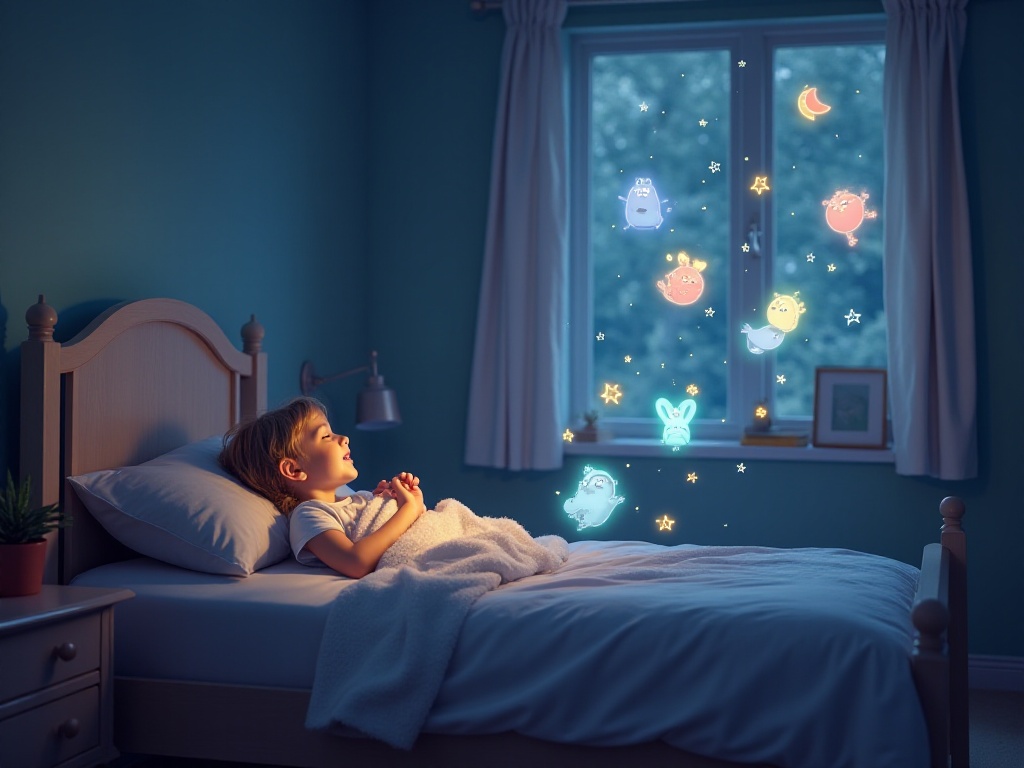
Conclusion
Looking back on this experience of using AI video creation tools, my biggest feeling is: technology really can change everything. It not only lowers creation barriers but more importantly provides unlimited possibilities for ordinary creators. From initial hesitation to now being proficient, this process has made me deeply realize that as long as you're willing to try and maintain a learning attitude, anyone can find their place in this field.
This transformation brings not just technological progress to the content creation industry, but also a change in thinking mode. We no longer need to be constrained by traditional tools' limitations but can put more energy into creativity and content itself. This makes creation more pure and more interesting.
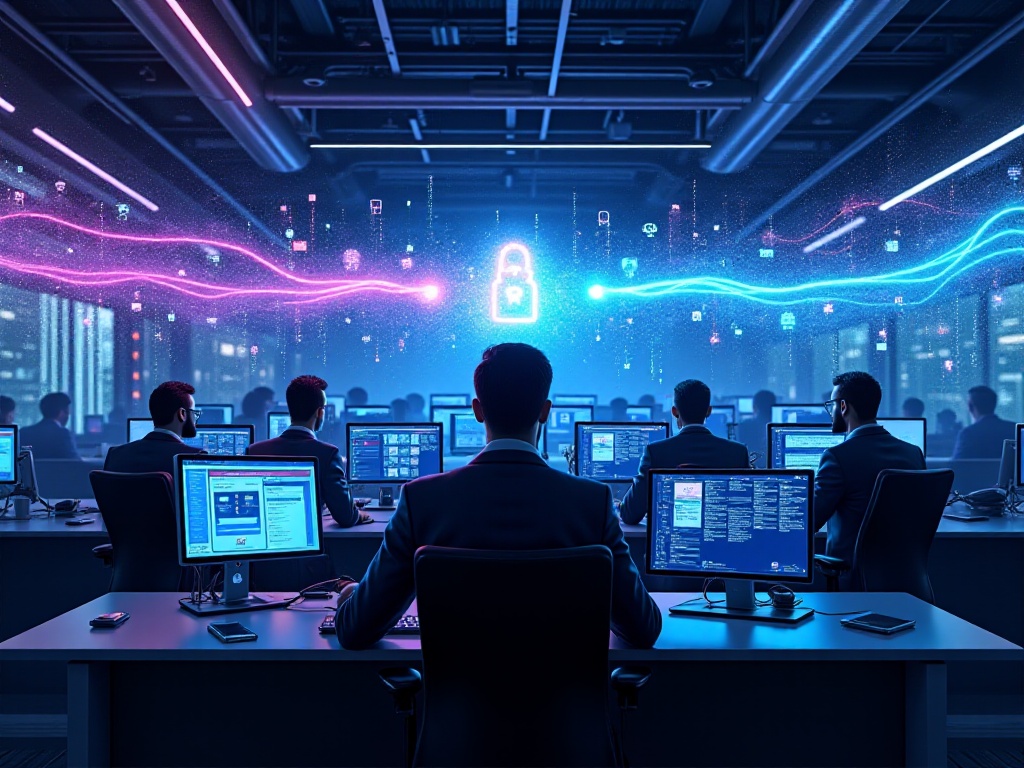
Practical Suggestions
Finally, I want to give some advice to friends who are preparing to start. First, don't be mesmerized by these tools' functions - content is core. No matter how cool the special effects or how perfect the image quality, if the content is empty and boring, it won't attract viewers. Always remember, technology is just an auxiliary tool; what truly touches people's hearts is the content itself.
Second, I suggest starting with simple projects, like first making a 2-3 minute short video, and gradually becoming familiar with the tools' characteristics. Don't think about doing grand projects at the beginning; progressive learning is the correct approach. During this process, pay special attention to accumulating experience, including tool usage techniques and content planning methods.
In the learning process, be good at summarizing and reviewing. After completing each project, carefully analyze what was done well and what still needs improvement. This is how to continuously improve your creation level. Meanwhile, also keep close attention to industry dynamics, as AI technology develops very fast, and new tools and functions are often released.
Finally, remember to communicate with other creators - this field develops too fast, and only by learning from each other can we keep up with the pace. You can join related communities and participate in industry exchange activities, which not only allows you to learn new knowledge but also meet like-minded friends. Having companions on the creation journey makes the whole process more relaxed and enjoyable.
Remember, every successful creator started from zero. As long as you have passion and are willing to invest time in learning and practice, believe that you can also find your own place in this field. Now is the best time to enter, as there are still many undeveloped possibilities in the AI video creation field waiting for creative creators to explore and realize.




